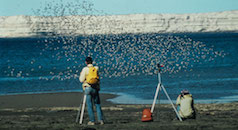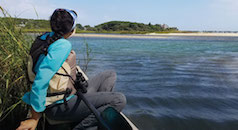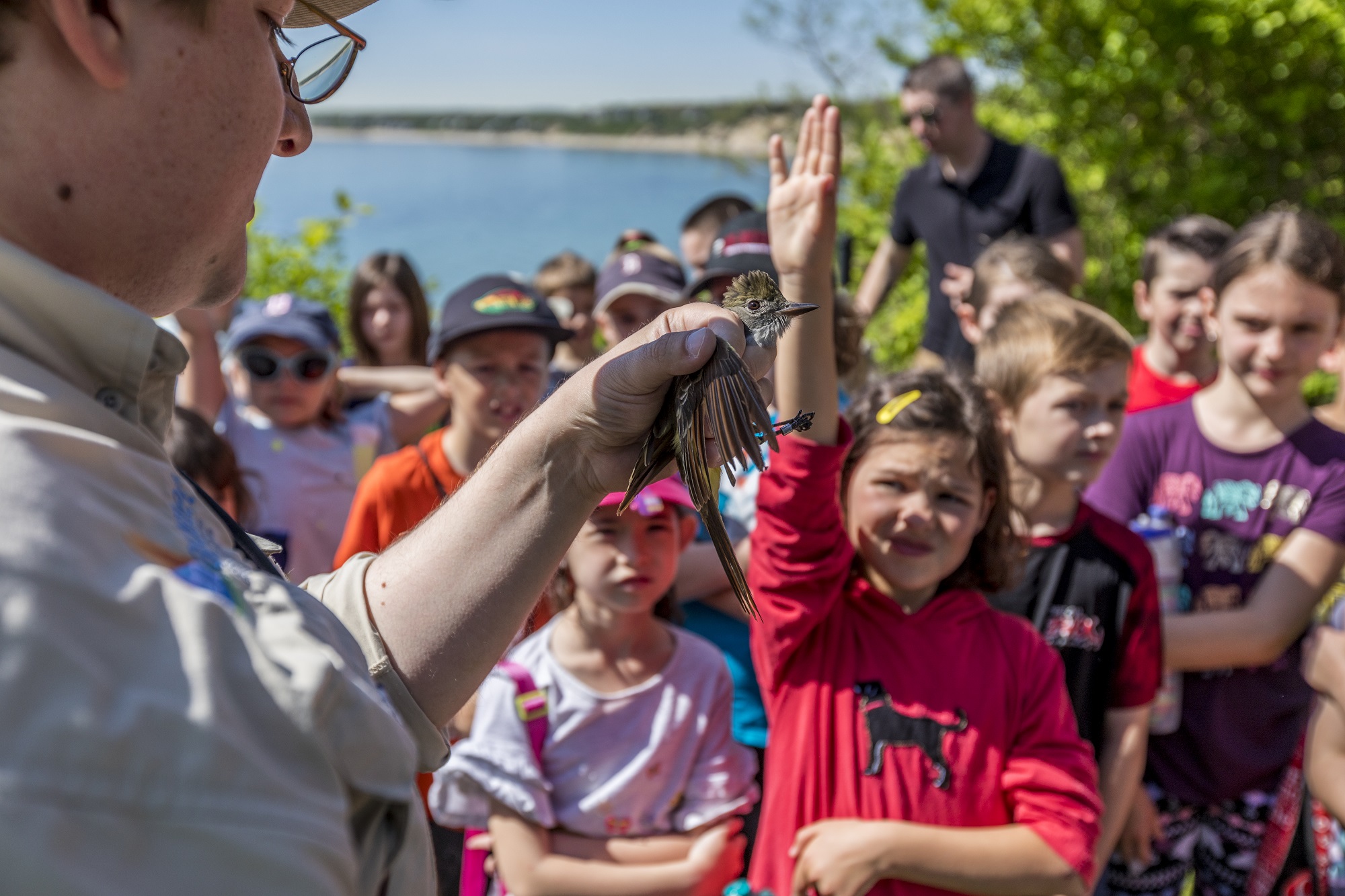MEET SHOREBIRDS WITH PERSONALITY:
American Oystercatcher | Ruddy Turnstone | Whimbrel | South American Endemics | Buff-Breasted Sandpiper | Wilson’s Phalarope
Bring the wild world of shorebirds to life with our fun coloring pages! Each page features one of our nine incredible flagship shorebirds—plus some cool facts about them to spark curiosity. Flagship Shorebird Coloring Pages
American Oystercatcher
The American Oystercatcher is an eye-catching shorebird, instantly recognizable by its bold black-and-white plumage, bright orange bill, and yellow eyes. Its long, powerful bill is perfectly adapted for prying open bivalves like oysters, clams, and mussels, which make up a large portion of its diet. This specialized feeding behavior makes the American Oystercatcher an important part of coastal ecosystems, as it helps regulate shellfish populations and maintain balance in intertidal habitats. Conservation work for Oystercatchers has benefited other beach-nesting species, including Piping Plover, Least Tern, Wilson’s Plover, and Black Skimmer.
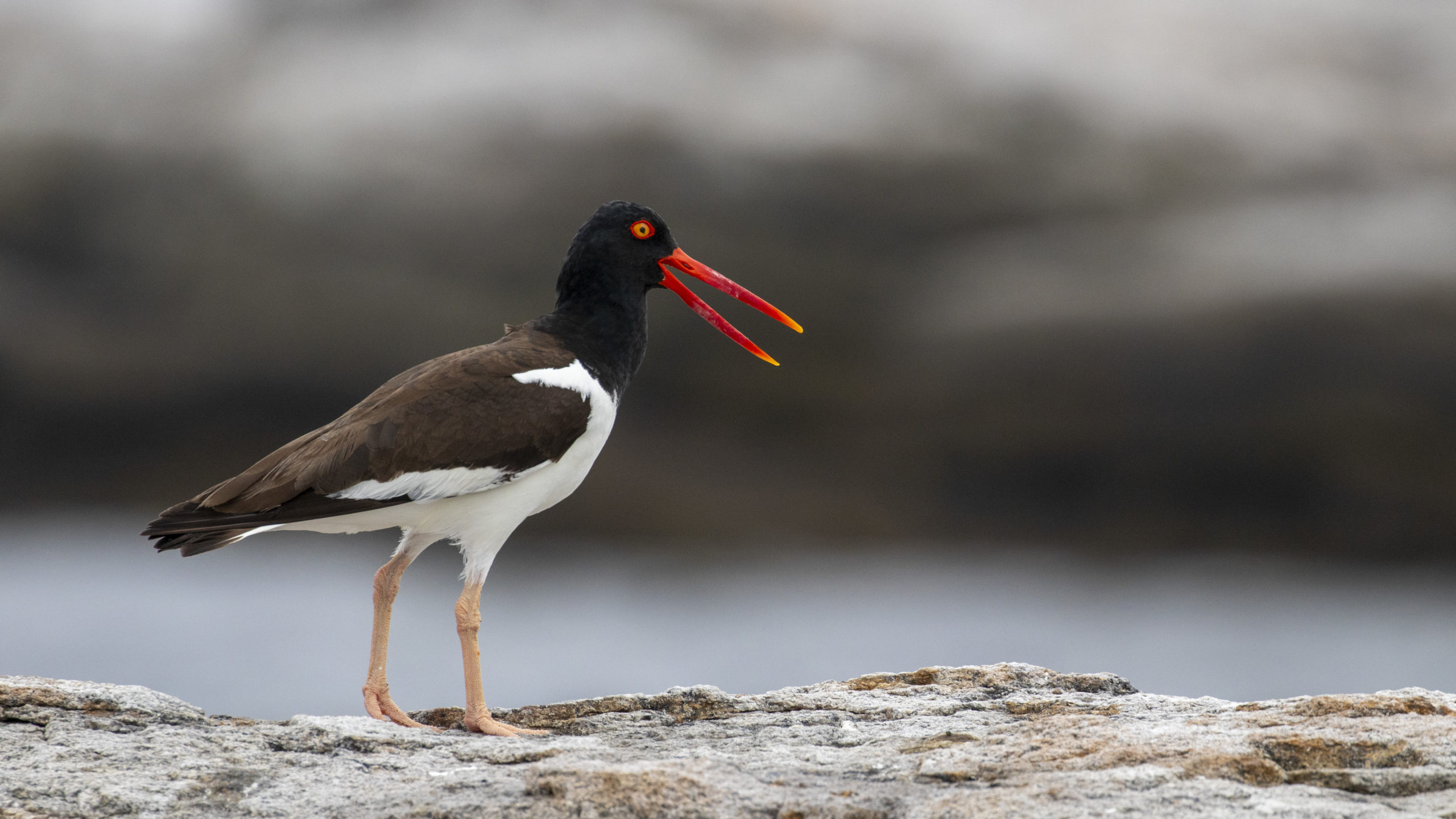
Ruddy Turnstone
The Ruddy Turnstone is a hardy shorebird found on sandy beaches, rocky shorelines, and mudflats along coastal regions worldwide. They are known for their remarkable behavior of flipping over stones and debris in search of food. They are a charismatic Arctic breeding species and rely heavily on consuming horseshoe crab eggs for fuel during migration. They are understudied and little is known about what has caused their significant decline. Manomet scientists are working with a number of university and nonprofit partners on coordinated research involving Ruddy Turnstone flight, migration, and wintering habitats. Conservation work will also benefit the rufa Red Knot, Sanderling, and Semipalmated Sandpiper.
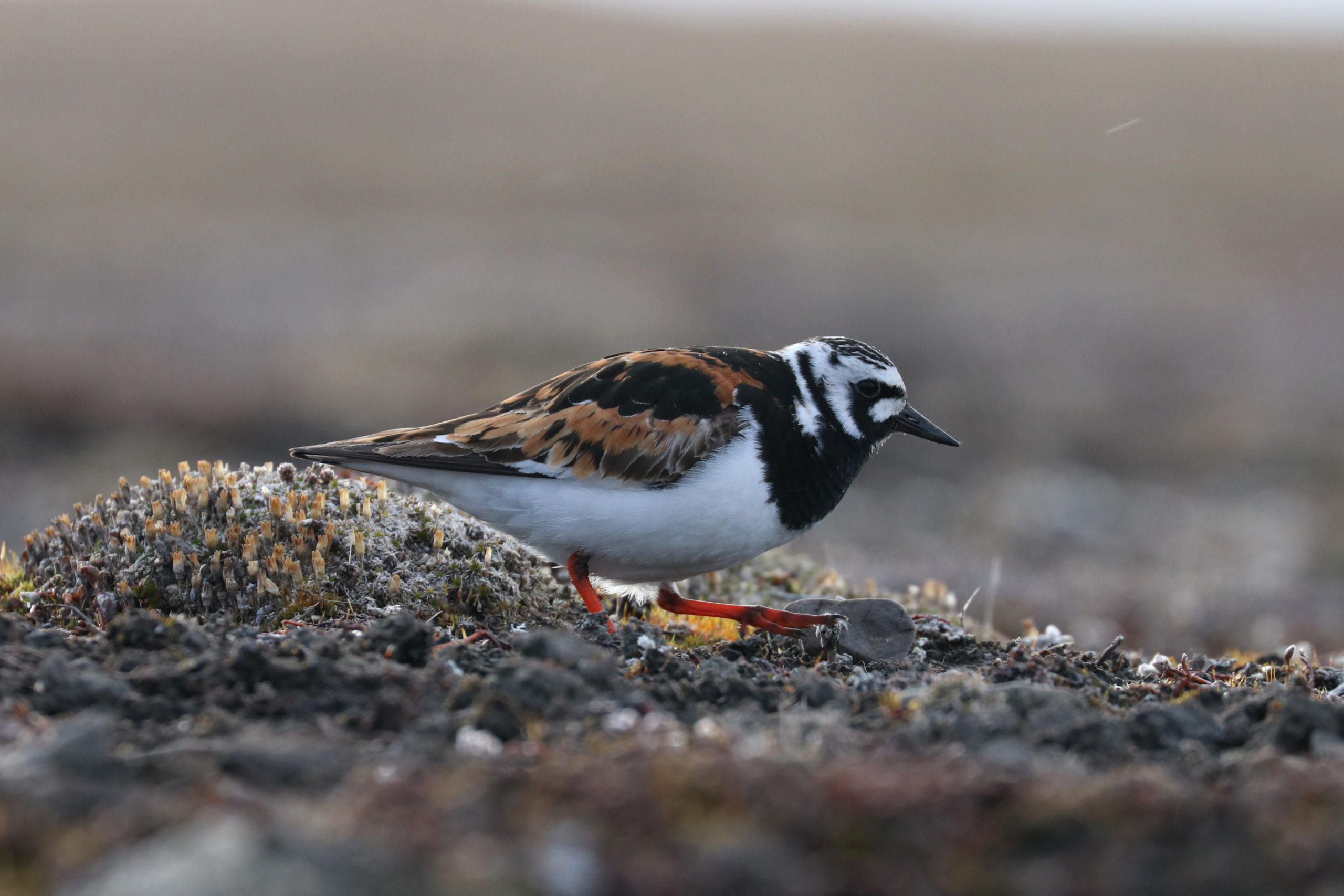
Whimbrel
The Whimbrel is a remarkable shorebird known for its impressive migratory feats, distinctive call, and unique appearance. Recognizable by its sturdy size and long, down-curved bill, the Whimbrel uses this specialized tool to probe for crabs, mollusks, and insects in coastal and wetland areas. What truly sets the Whimbrel apart is its long-distance migration—these birds travel thousands of miles each year, with some individuals flying nonstop over open ocean for days. Certain populations migrate from breeding grounds in the Arctic to wintering sites as far south as South America and Africa. As a species that depends on a variety of coastal habitats—particularly mudflats, estuaries, and saltmarshes—Whimbrels face threats from habitat loss and degradation, particularly along their migration paths. Other species that will benefit from Whimbrel research and conservation work include Lesser Yellowlegs, Willet, Saltmarsh and Nelson’s Sparrows, Glossy Ibis, Scarlet Ibis, and Roseate Spoonbill.
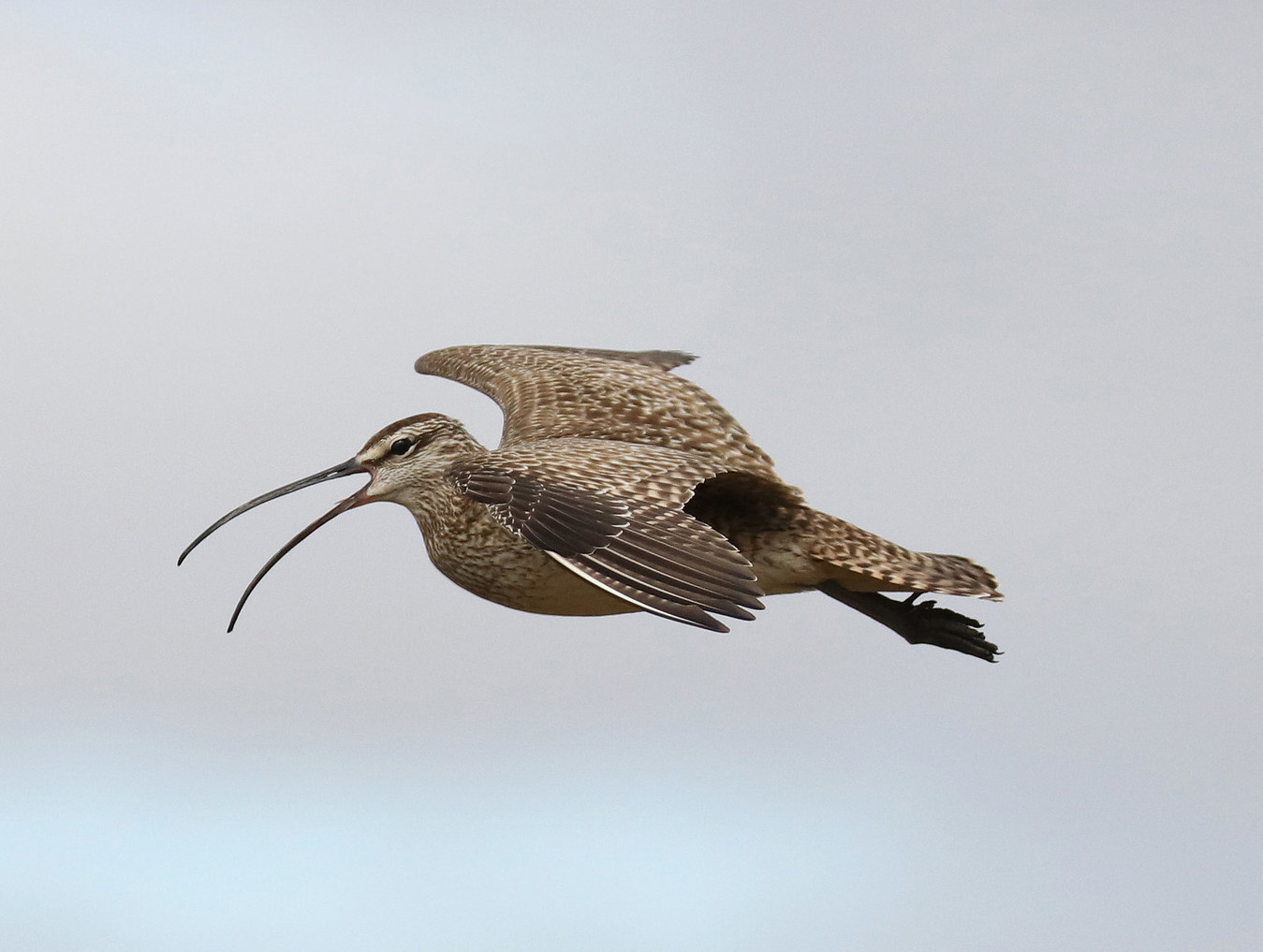
South American Endemics
Several species of shorebirds endemic to South America, including the Andean Avocet, Diademed Sandpiper, Magellanic Plover, and Fuegian Snipe are facing significant declines due to habitat loss and changes in climate patterns. These species are uniquely adapted to the diverse and rugged habitats of South America, such as the high-altitude Andean wetlands, Patagonian plains, and vast coastal estuaries. Because they are found only in this region, they play a special role in local ecosystems and contribute significantly to the continent’s biodiversity. While some of these shorebirds show unique adaptations to limited oxygen and fluctuating temperatures, others have intricate migratory patterns within the continent, showcasing the ecological connectivity of South America. These species are particularly vulnerable to habitat degradation along the coasts of Argentina, Chile, and Uruguay, their home for part of the year, where coastal development and the loss of intertidal habitats are most pronounced.
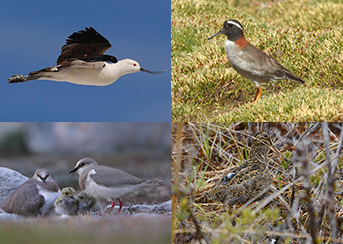
Buff-Breasted Sandpiper
The Buff-breasted Sandpiper is a unique and captivating shorebird, known for its elegant, buff-colored plumage and long migratory journey. This species is known for its extraordinary “lekking” behavior during breeding season, where males gather in groups on the ground to perform elaborate courtship displays for females, fanning their wings and strutting to showcase their beauty and stamina. This sandpiper has one of the longest migrations in the bird world, breeding in the Arctic tundra and migrating as far south as Argentina for the winter. Unlike many other shorebirds that rely on coastal habitats, the Buff-breasted Sandpiper favors grasslands, agricultural fields, and dry plains, making it highly specialized and dependent on these open landscapes. Other species that will benefit from this recovery work include North American grassland-dependent species the American Golden-Plover, Pectoral Sandpiper, Lesser Yellowlegs, and Greater Yellowlegs, as well as several South American endemics like the Rufous-chested and Tawny-throated Dotterel.
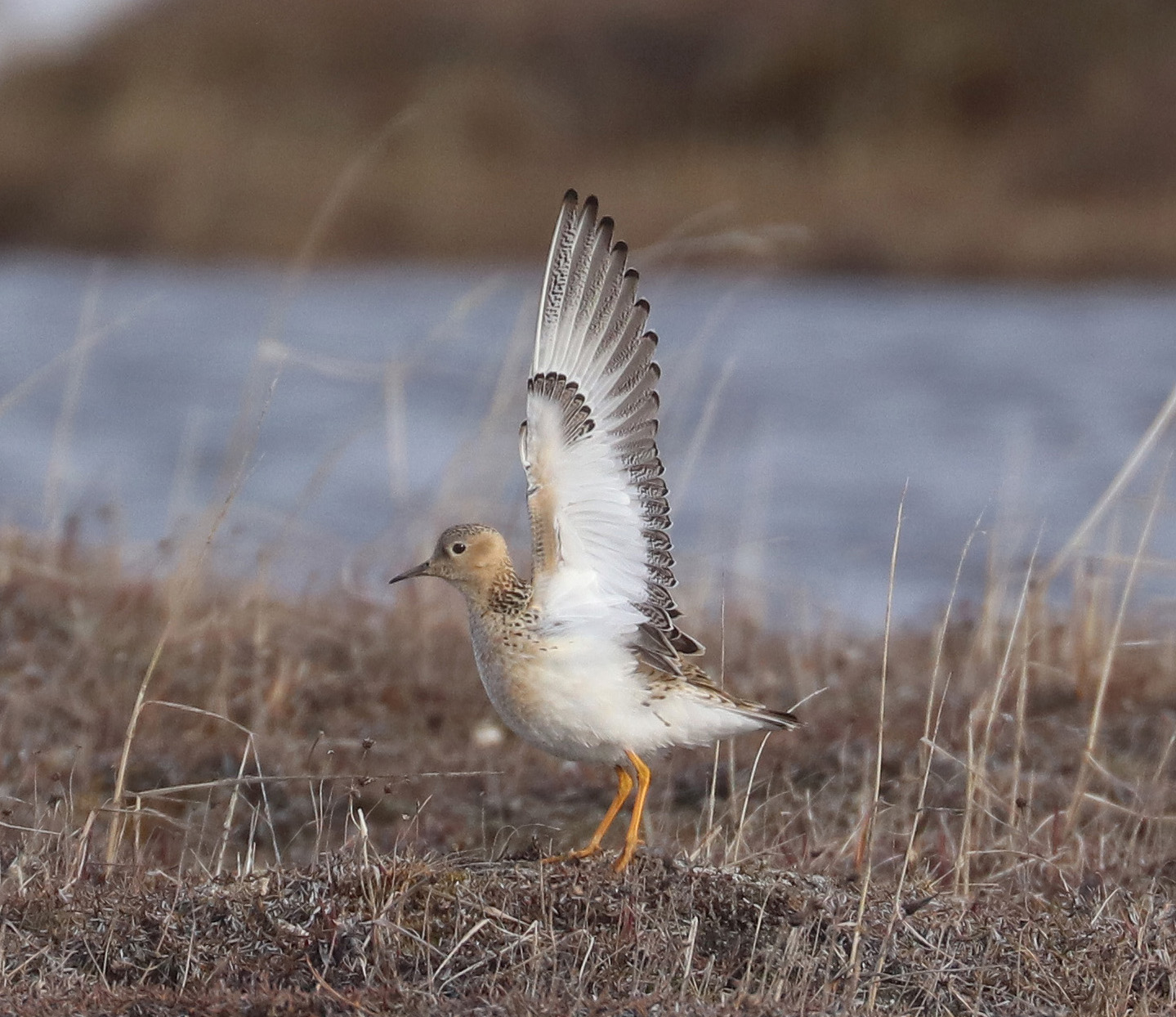
Wilson's Phalarope
Wilson’s Phalarope is a shorebird known for its unique behavior where females lead courtship, while males incubate eggs and care for the chicks. They exhibit an intriguing feeding performance, spinning in circles on water to create a vortex that brings food to the surface. Wilson’s Phalarope breeds in North America’s prairies and wetlands, migrating to South America’s saline lakes for the winter, where they often gather in large flocks. Manomet co-leads the International Phalarope Working Group, focusing on Wilson’s Phalarope conservation by studying their habitat use, promoting the preservation of saline lakes, and evaluating the potential impact of lithium mining on vital stopover areas. With wetlands disappearing due to urbanization, agriculture, and climate change, the species faces significant threats to its survival. Helping protect Wilson’s Phalarope will also benefit American Avocet and Andean Avocet, which also rely on saline lakes, as well as the Long-billed Dowitcher, Stilt Sandpiper, Lesser Yellowlegs, and Puna Plover.
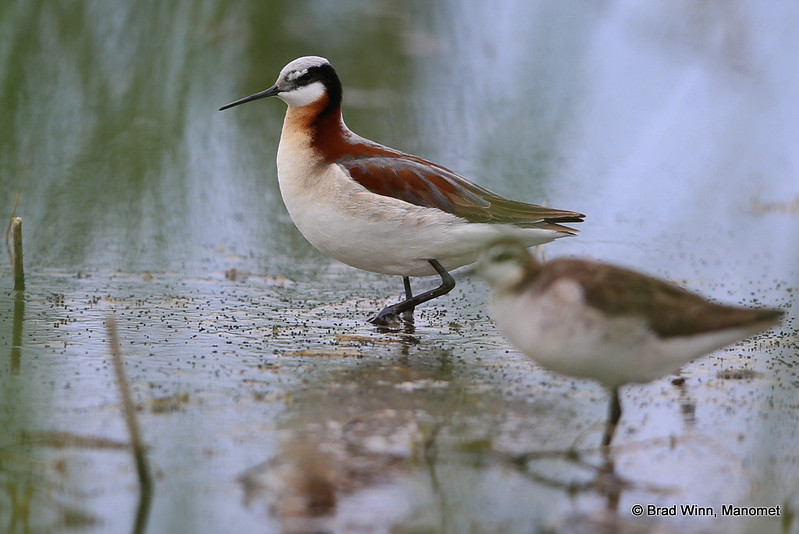
Manomet Conservation Sciences has committed to raising $4 million to help reverse the decline of these important shorebird species.


